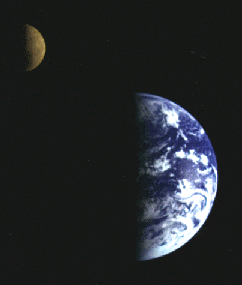The Earth with its moon, as seen from space.
Click on image for full size
NASA.
The Moon's Orbit and Rotation
All the planets except Venus and Mercury have moons. The Earth's Moon
is the fifth largest in the whole solar system, and is bigger than the
planet Pluto. Earth's gravity pulls on the Moon and keeps it in
orbit. The Moon's orbit is almost a perfect circle, so the Moon is
about 384,400 km away all the time. Although the Sun is really much
bigger than the Moon, the Moon is much closer, so it appears to be the
same size as the Sun in our sky. A total eclipse occurs when the Moon
is in the right position to just cover up the Sun.
It takes the Moon about 27 days to go around the Earth once. If you
check on the Moon several times during one night, you will notice that
it moves relative to the stars around it. As the Moon goes around the
Earth, different portions of it are lit up by the Sun, causing lunar phases. It takes the Moon one month to go
through all its phases.
Have you ever heard the term the 'far-side' of the Moon? The Earth's
gravity produces tidal
forces on the Moon. This causes the same side of the moon to
always face the Earth. People living on the Earth can never see the
'far-side' of the Moon, unless they go there! Tidal forces cause many
of the moons of our solar system to always face their planets.
You might also be interested in:
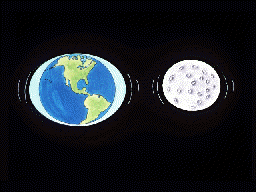
The force of gravity caused by an object gets weaker as you move farther away from that object. In this picture, the Earth is pulling on the Moon, and the Moon is pulling on the Earth. The Moon pulls more
...more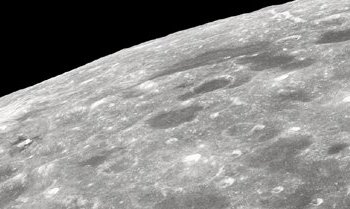
What phase was the Moon in on December, 22 1962? How long does it take the Moon to travel from one phase to the next? Suppose that the Moon spun twice on its axis during each orbit around the Earth. How
...more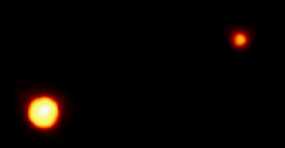
Charon is a moon of Pluto. Pluto has // Call the moon count function defined in the document head print_moon_count('pluto'); moons. Charon is much bigger than Pluto's other moons. James Christy discovered
...more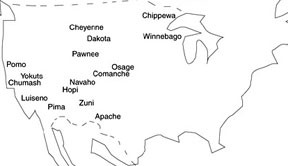
People have been living in North America for a long, long time. The first people to live there were the Native Americans. They didn't have clocks or calendars so they watched tides, the Sun, the Moon,
...more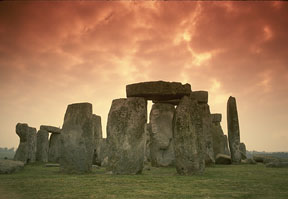
Man has always observed the sky. By watching the Sun and Moon, early man could tell what season was coming next. They had to know this to be able to farm and hunt. Archeoastronomy started in the 1960's
...more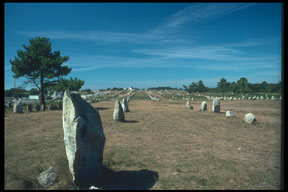
The stones of Carnac, France, are very famous because there are a lot of them and because they are so old! The oldest stones found in Carnac are from about 4,500 B.C. That's older than the stones at Stonehenge!
...more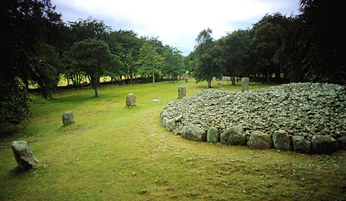
You may have heard of the lake called Loch Ness, where people think they've seen the Loch Ness monster. Near Loch Ness there are three giant stone tombs you may not have heard of...they are called the
...more


